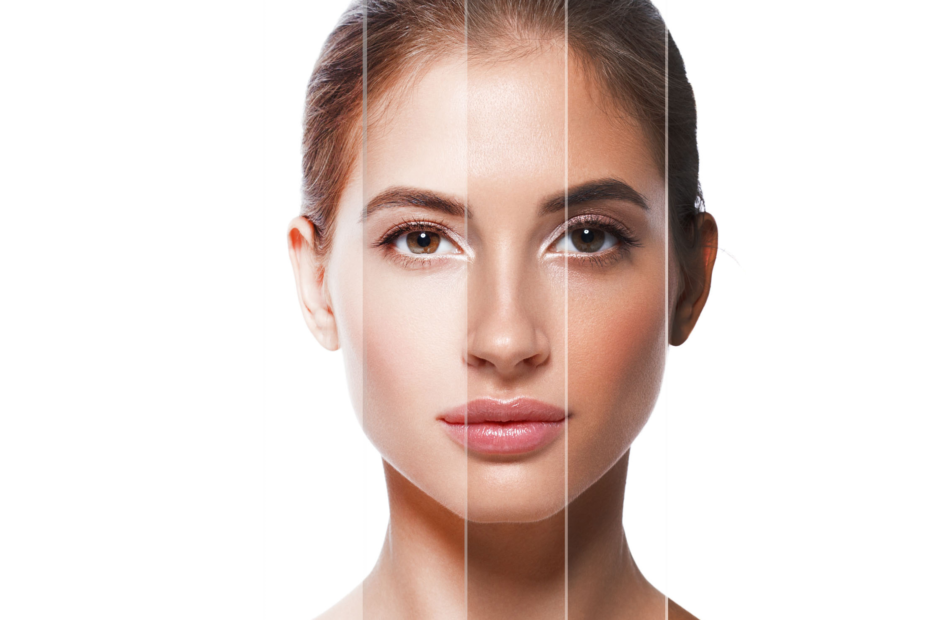Nowadays, more and more environmental aggressors are present in people’s lives. It is becoming more and more popular with UVA and UVB rays, pollution, blue light and infrared radiation. These aggressors of the environment produce more and more damage, because they emphasize the dispersion of free radicals. These free radicals have a very strong impact on humans, and therefore on our skin.
The skin aggressors
- POLLUTION. Specialized organizations have shown that 91% of the population lives in a poor air quality environment. The pollution occurs from gases and smaller particles that penetrate the skin. This pollution leads to the creation of free radicals that end up damaging the skin.
- WHITE LIGHT. White light is very common in everyday life. You can find it in: cell phones and computers and in 40% of the sun exposure. This white light also has advantages such as: it helps fight depression and in some cases also treats acne. The disadvantages of white light are: it damages our skin, eyes and is a source of free radicals.
- INFRARED RADIATION. This radiation, along with the visual spectrum, have the role of warming the earth and manifests itself in people’s lives every day, because it is responsible for our thermal sensation. Radiation has a very high capacity to enter the skin layers. This entry is not beneficial for your skin because it ends up promoting free radicals, and they harm.
The cause of aging of the skin cells is due to the environmental aggressors, such as: UVB and UBA rays, pollution, white light and infrared radiation. All of these increase the damage caused by free radicals.
Antioxidants to fight free radicals
Free radicals are produced in smaller quantities by the human body. Every human body has defense mechanisms and systems to neutralize them, except that there is an excess, caused mainly by external aggressors. Here comes the role of antioxidants, the great neutralizers of free radicals. These free radicals are capable of inhibiting the oxidation caused by them.
